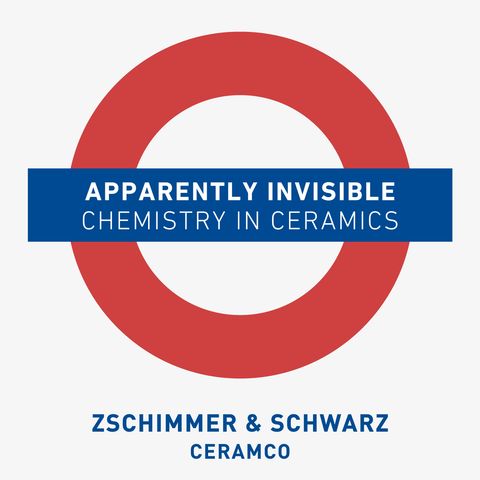
Contacts
Info
Aware of how complex the problems related to the world of chemistry applied to ceramic production processes can be, we want to share our knowledge with those who want to...
show moreThrough a simple and direct language, the podcast aims to be an educational space with a focus on products, applications and processes.
The journey unfolds along the ceramic production lines.
At each stage a topic.
At each topic a critical issue.
At each critical issue, when possible, a solution.

Apparently invisible. Chemistry in ceramics.
Apparently invisible. Chemistry in ceramics.
Zschimmer & Schwarz CeramcoAware of how complex the problems related to the world of chemistry applied to ceramic production processes can be, we want to share our knowledge with those who want to...
show moreThrough a simple and direct language, the podcast aims to be an educational space with a focus on products, applications and processes.
The journey unfolds along the ceramic production lines.
At each stage a topic.
At each topic a critical issue.
At each critical issue, when possible, a solution.
Information
| Author | Zschimmer & Schwarz Ceramco |
| Organization | Zschimmer Schwarz Ceramco |
| Categories | Chemistry |
| Website | www.zschimmer-schwarz-ceramco.it |
| zs@studioilgranello.it |
Copyright 2024 - Spreaker Inc. an iHeartMedia Company
